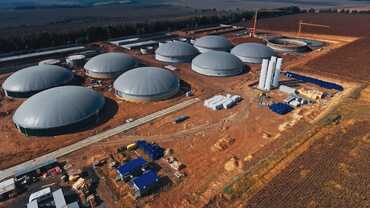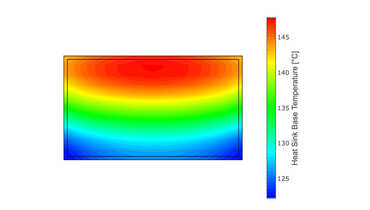Natural Causes of Fire
Spontaneous combustions, blazing firestorms and wildfires have been occurring since the dawn of time. Atmospheric pressure discharges (plasmic electrical discharges) such as lightning strikes have been perpetually causing fires and unwanted ignitions. Therefore, humans were always at the mercy of nature until the first lightning conductor was invented in 1753, which significantly reduced the risk of fire caused by electrostatic discharges.
Indoor Fire Risks and Mining Hazards
Even though the outdoor damage caused by lightning storms was diminished, the indoor fire risk was still extremely high. Artificial lighting was a major fire hazard, especially for the mining industry because of the elevated methane gas levels frequently present inside the mining tunnels. The over-accumulation of methane gas combined with air inside the coal mine (also known as “firedamp”) can cause spontaneous combustions and fires if a strong enough ignition source, such as electrical lights, is nearby.
Industrial Revolution and Electrical Equipment
In 1815 Sir Humphry Davy introduced the first non-electrical lamp which was specifically designed to minimize the risk of fire inside mines. In addition to artificial lighting, during the first industrial revolution in the early 19th century, there was a rapid upsurge of diversified electrical equipment which made its way into factories, workrooms and households. This caused an exponential growth of industrial yield, output and productivity. The advantages of automation prompted by electrical equipment were extremely compelling, but the risk of fire was ever so high. For this reason, the focal point of the industry became preventing unwanted ignitions and explosions caused by the use of electrical equipment.
Modern Fire Safety Measures
Today, the number of spontaneous combustions and fire accidents caused by electrical equipment is fairly low. The reason for that is the widespread implementation of the primary and secondary explosion protection guidelines. The focal point of primary explosion protection is to completely exclude or eliminate all flammable substances which can form an explosive atmosphere. However, it’s self-evident that this cannot be achieved at all times and there will always be places where combustible gasses, petrol or coal dust will be present. For this reason, secondary explosion protection deals with the creation of explosion-proof equipment.



